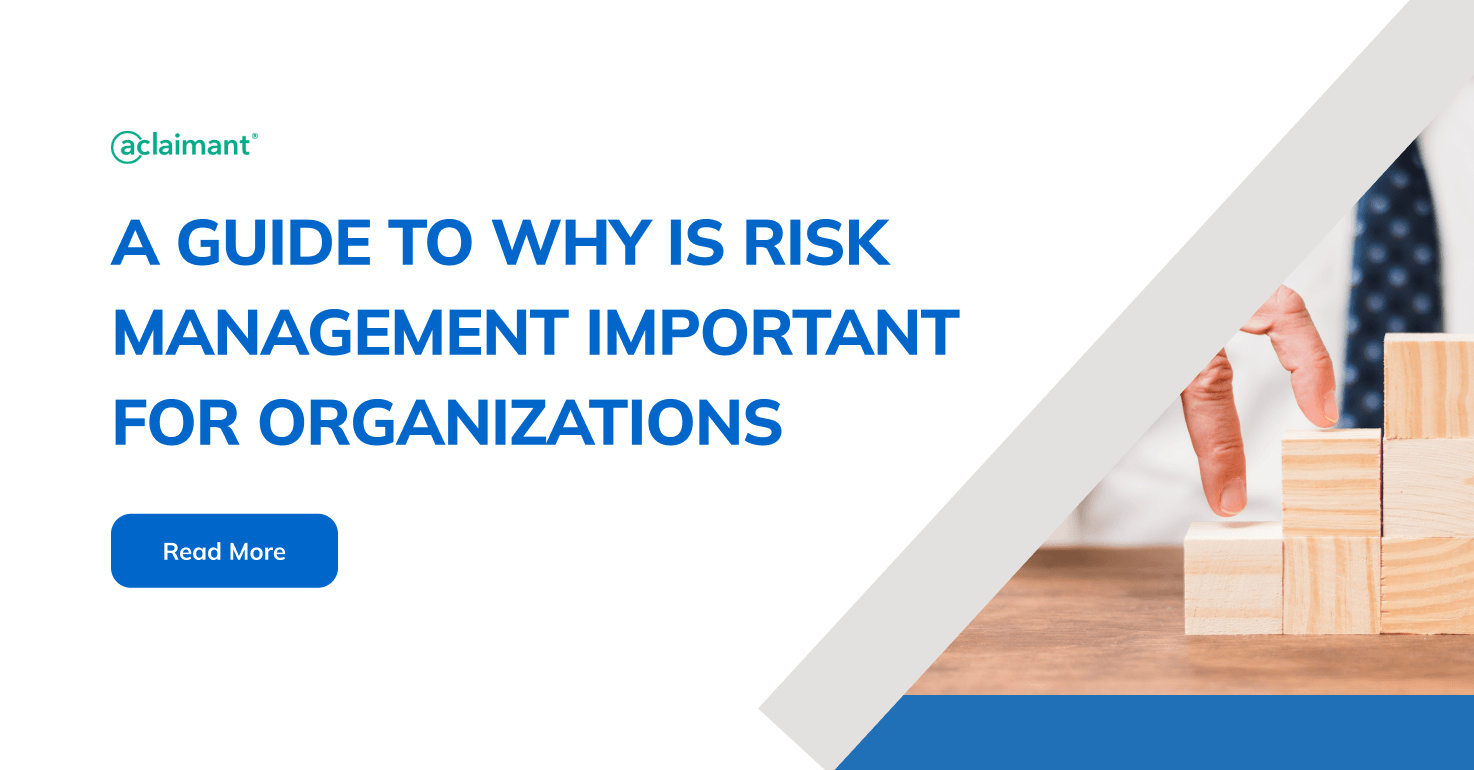The Critical Importance of Risk Management in Economic Decision Making
The Critical Importance of Risk Management in Economic Decision Making
Blog Article
The Importance of Comprehending the Value of Risk Management in Numerous Industries

The Core Principle of Risk Management and Its Function
Risk Management, the foundation of several sectors, rests on the identification, analysis, and mitigation of uncertainties in a business atmosphere. It is an essential method that permits companies to guard their possessions, track record, and general survival. By appropriately recognizing potential risks, organizations can develop techniques to either avoid these dangers from occurring or reduce their effect. The assessment process entails evaluating the possibility and possible intensity of these risks. The mitigation process entails designing approaches to lower their potential influence as soon as threats have actually been identified and assessed. This process is recurring and intermittent, making certain that organizations are planned for the ever-changing nature of Risk in various industries. The main purpose, therefore, is to promote durability amidst unpredictabilities.
Advantages of Implementing Risk Management in Service Workflow

Unveiling the Duty of Risk Management in Different Industries
While every sector challenges its one-of-a-kind set of threats, the execution of Risk Management methods stays a common in their pursuit view it of sustainability and growth. In the health care market, Risk Management requires making certain patient safety and data protection, read the article while in money, it entails mitigating financial investment threats and making certain regulative conformity. Ultimately, the duty of Risk Management throughout sectors is to determine, examine, and minimize dangers.
Real-life Study Demonstrating Successful Risk Management
To understand the relevance of Risk Management in these lots of sectors, one can want to several real-life instances that illustrate the effective application of these steps. In the energy field, British Petroleum developed Risk mitigation plans post the 2010 Gulf of Mexico oil spill. They executed better safety treatments and stricter policies which considerably decreased more crashes. In a similar way, in financing, Goldman Sachs successfully browsed the 2008 economic dilemma by identifying possible mortgage-backed securities threats early. Last but not least, Toyota, publish the 2011 earthquake in Japan, changed its supply chain Management to decrease disruption risks. These instances show exactly how markets, gaining from crises, successfully used Risk Management approaches to reduce future threats.
Future Trends and Growths in Risk Management Techniques
As the world continues to progress, so as well do the patterns and advancements in Risk Management approaches. Fast innovations in technology and information analytics are improving the Risk landscape. Big data basics and AI are now critical in forecasting and mitigating dangers. Organizations are leveraging these devices to develop anticipating designs and make data-driven choices. Cybersecurity, as soon as an outer problem, has catapulted to the center of Risk Management, with methods focusing on prevention, discovery, and response. The integration of ESG (Environmental, Social, Governance) elements into Risk Management is one more expanding pattern, mirroring the boosting acknowledgment of the duty that environmental and social risks play in business sustainability. Thus, the future of Risk Management hinges on the blend of innovative technology, ingenious techniques, and an alternative method.
Final thought
In conclusion, recognizing the value of Risk Management throughout a range of markets is crucial for their durability and prosperity. Ultimately, successful Risk Management adds to much more durable and sustainable organizations, highlighting the importance of this practice in today's vibrant and very competitive business setting.
While every sector faces its one-of-a-kind collection of dangers, the implementation of Risk Management strategies remains a typical in their quest of sustainability and growth. In the health care field, Risk Management requires making sure person safety and security and information security, while in financing, it involves mitigating financial investment threats and ensuring regulatory conformity. Eventually, the duty of Risk Management throughout markets is to determine, examine, and reduce risks. These instances demonstrate just how markets, learning from dilemmas, properly applied Risk Management methods to minimize future threats.

Report this page